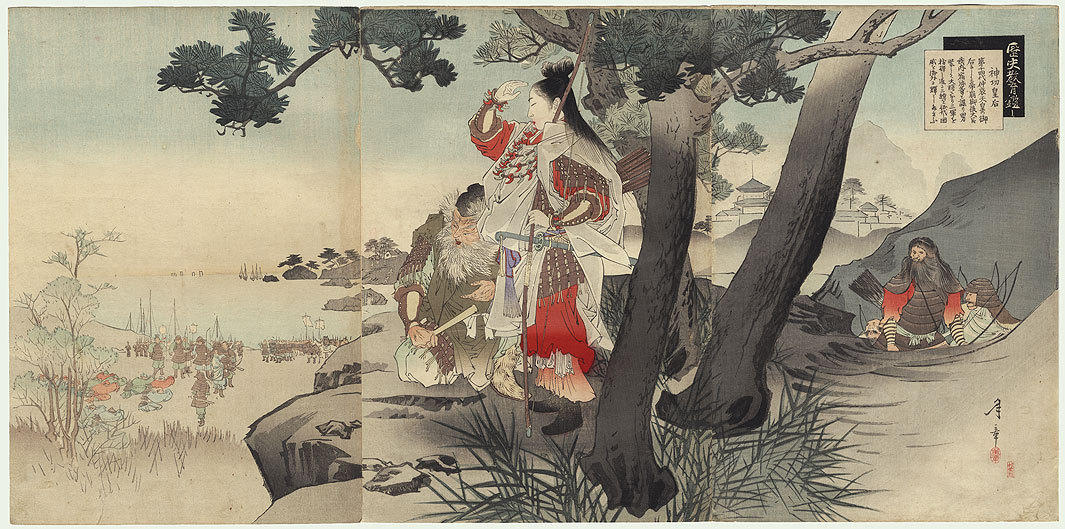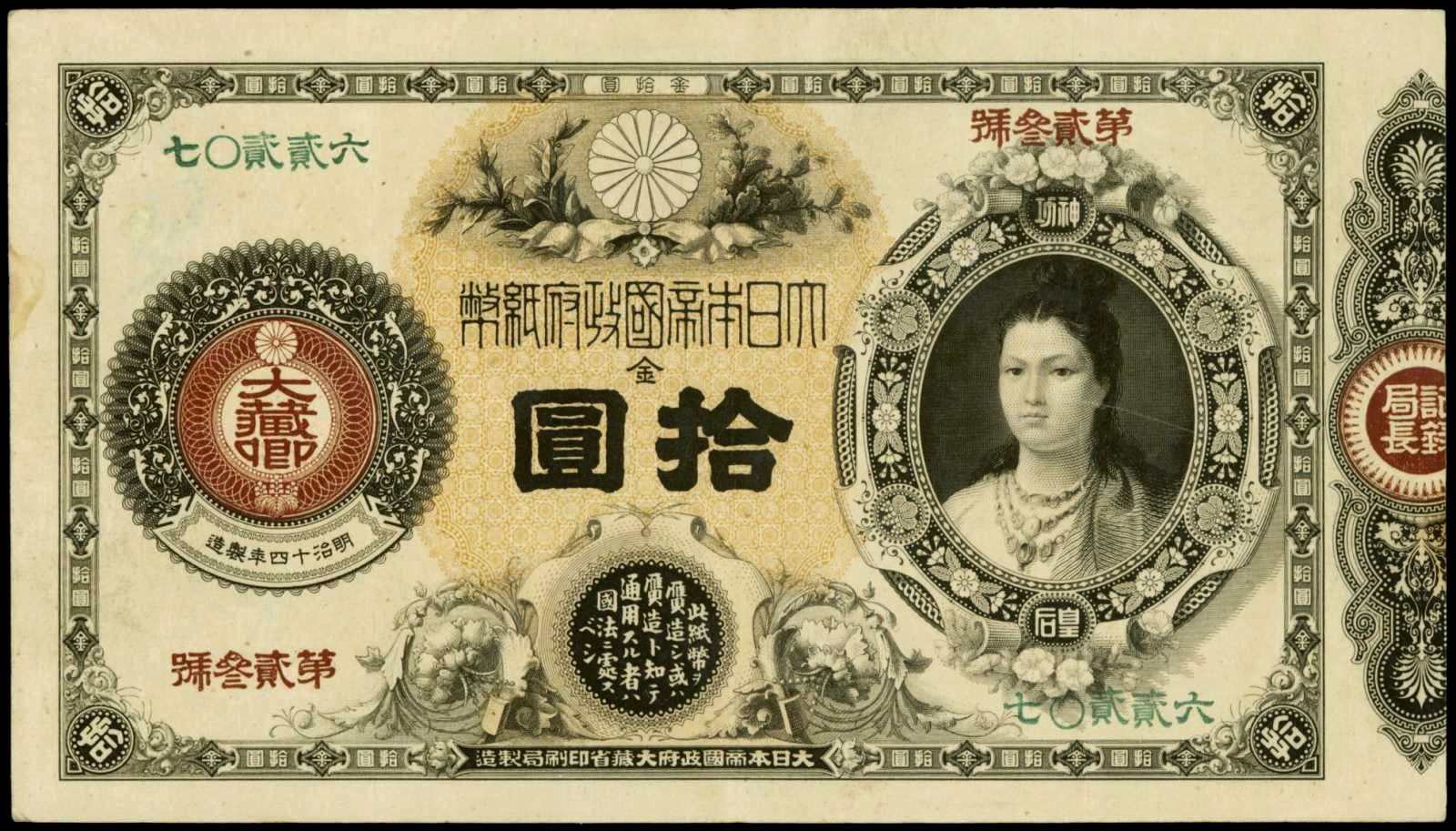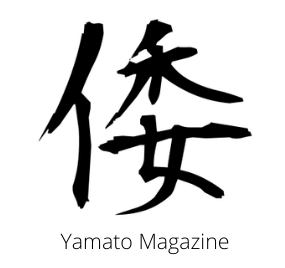
Japanese history is filled with stories of legendary figures like Minamoto no Yoshitsune and Sengo Muramasa who helped to shape the time periods they lived in. For every tale of a man who dictated the future of Japan, there are just as many inspirational stories about Japanese women shocking the system. Women Warriors examines the life of these brave souls who went against tradition.
One of the most interesting stories of a woman changing the status quo involves the legendary Empress Jingū, A semi-mythological figure, Empress Jingū’s life is a topic of much debate.

Becoming Empress
According to traditional texts on Ancient Japan, Jingū was the wife of the 14th emperor Chūai, who presided over Japan from 192 – 200AD. When her husband died, Jingū assumed command and led an army that conquered Korea in a bloodless conquest.
As the legend goes, she possessed a pair of divine jewels that gave her power over the tides, which allowed her to take Korea quickly. During this time, her son Ōjin was born and later deified as Hachiman, the god of war.
The story of Empress Jingū, was compiled in the Japanese chronicles Kojiki in 680AD and the Nihon Shoki in 720AD. Both publications tell of her courage in leading a male-dominated society to victory.
Conflicting accounts
Due to the lack of firm dates of her reign and insufficient research material, Empress Jingū is considered to be a legendary figure as opposed to a real-life queen. Her deeds are debated among scholars, with some claiming that she was based on other people. For example, Japanese historian Naitō Konan asserted that she was Yamatohime-no-mikoto, who set up the Ise Shrine in honour of the sun goddess Amaterasu.
Regardless of whether she was real or not, Empress Jingū has served as a source of great national pride for Japan. Her story was revived during the Meji period and early 20th century to support the super-nationalism of the time.

In 1881, she became the first woman to appear on a Japanese banknote. As no real images existed of Jingū, her picture was created by Italian artist Edoardo Chiossone. Supposedly, Chiossone used a female employee from the Government Printing Bureau as his model.
The legend of Empress Jingū is inspiring because it demonstrates that gender isn’t important when it comes to ruling a country. Although her official burial place is unknown, a designated memorial can be visited at the Imperial Household’s mausoleum in Nara.
The empress isn’t the only inspiring Japanese woman to leave her mark on history. Read about the bravery of Nakano Takeko during the Battle of Aizu.


nice post thanks for share
LikeLike
Glad you enjoyed reading!
LikeLike
Wow!! So awesome!!
Love it
LikeLike
Happy you enjoyed reading!
LikeLike
😁😊😊😊💕
LikeLike
Great post!
LikeLike